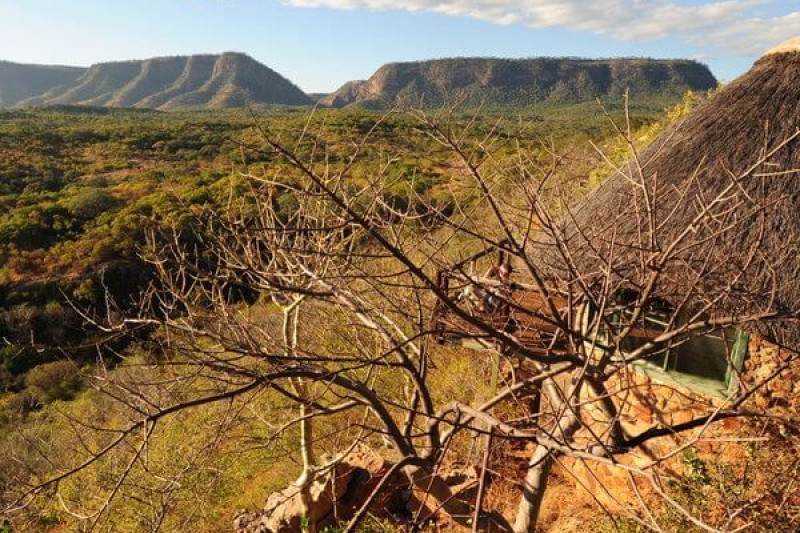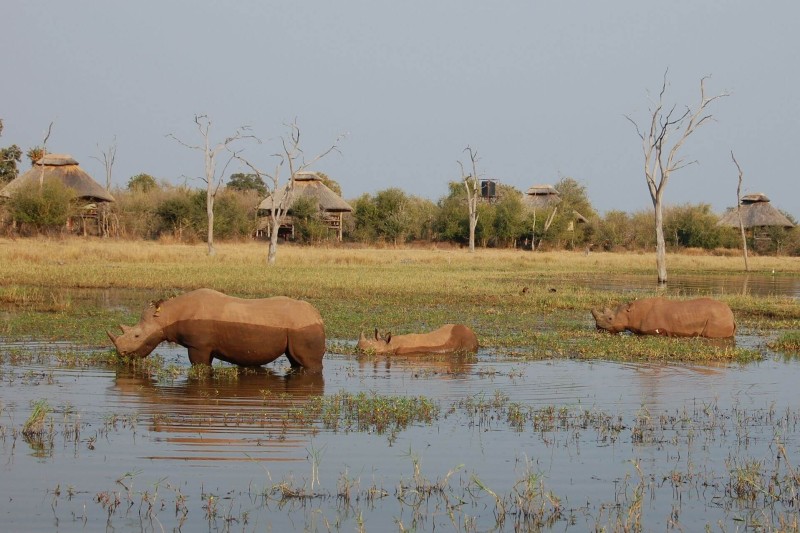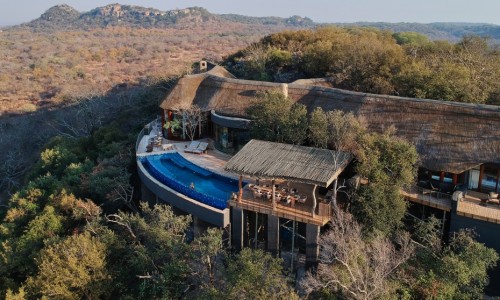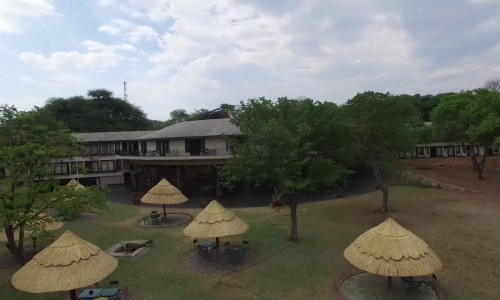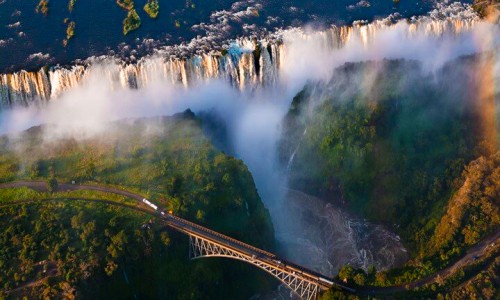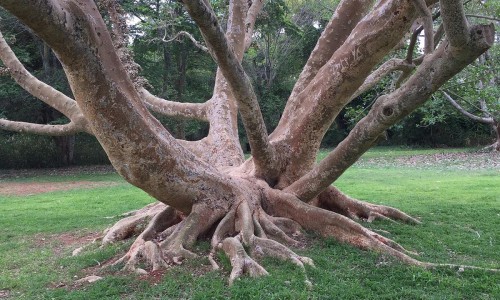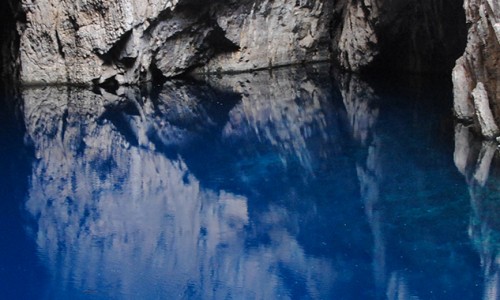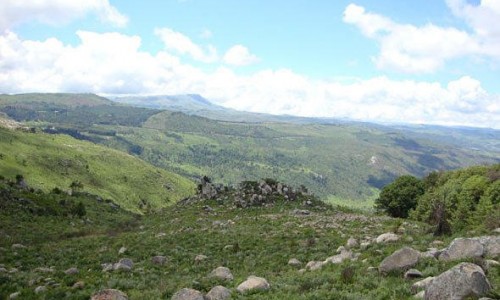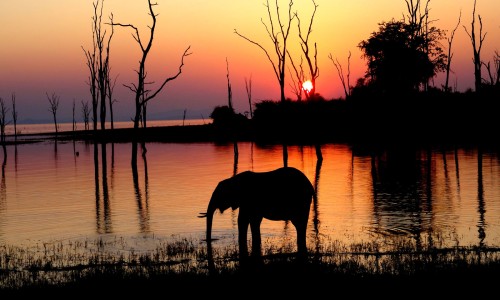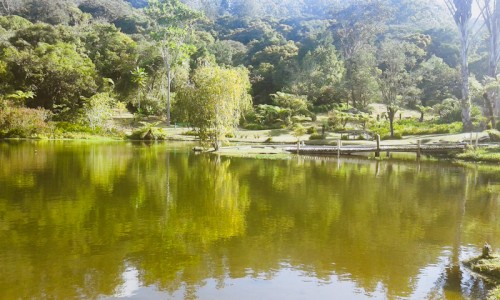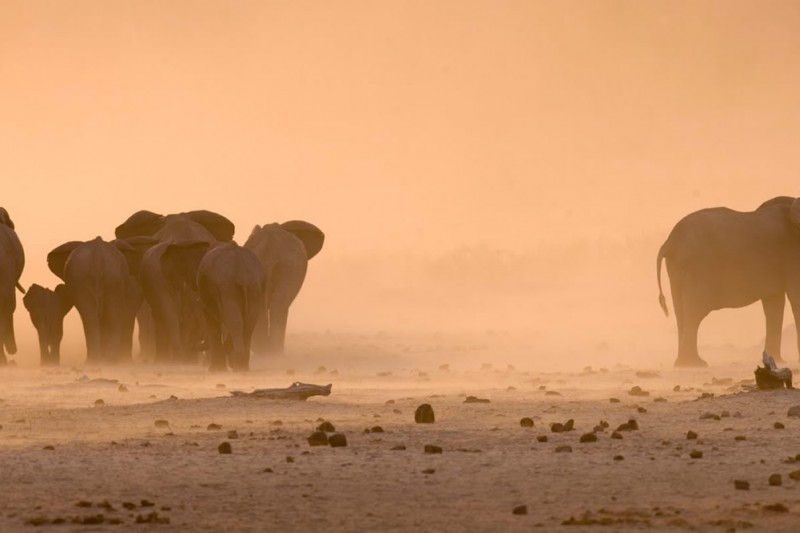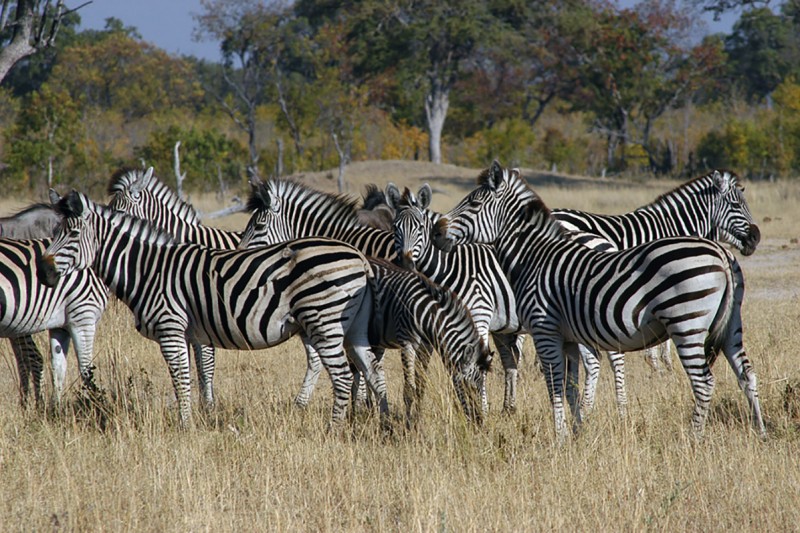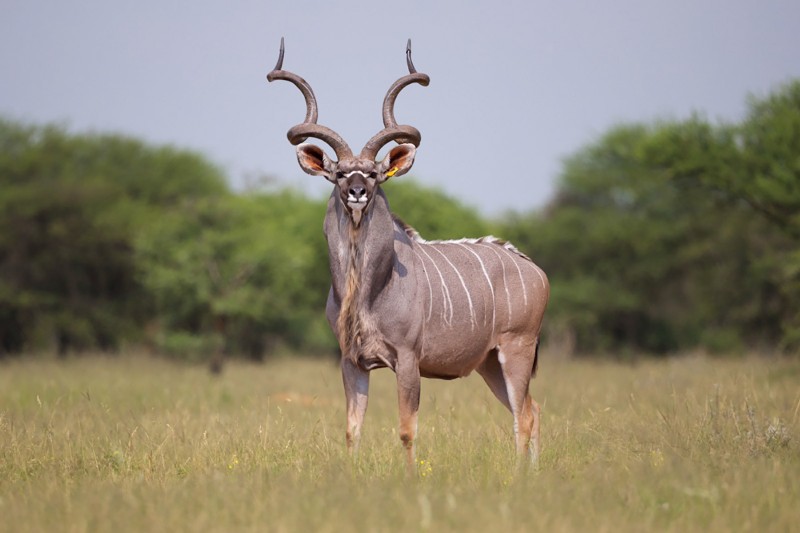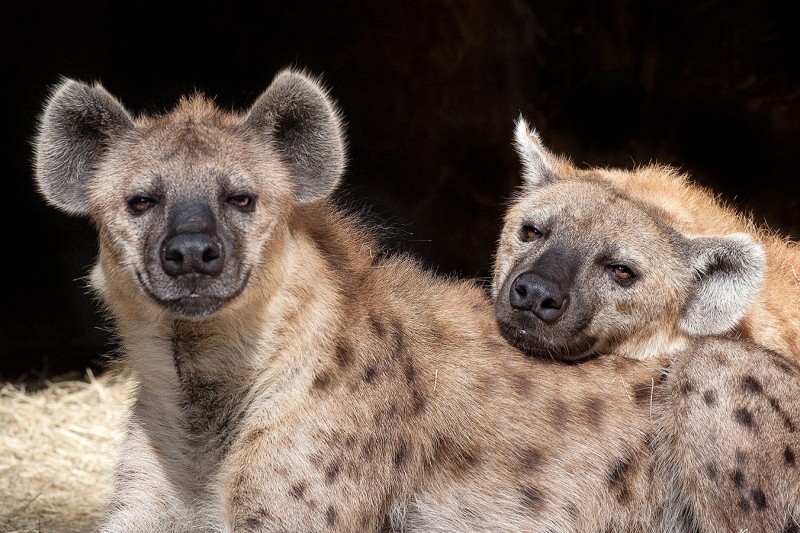Description
Set deep in the heart of Zimbabwe's western interior is a lasting vestige of natural habitat whose intricate network of chattering rivers cascades from the bowels of a chain of wild, jungle-draped mountain peaks towering over the surrounding communal lands. Chizarira National Park is arguably one of the most scenic wildlife sanctuaries in Zimbabwe and the largest too, covering 2 000 square km. Defiantly superimposing itself like a giant colossus south of the Zambezi Valley escarpment, about 80km south-east of Binga, on the southern shore of Lake Kariba, Chizarira is never a place for the faint-hearted and weaklings.
It is the place for the hard and discerning tourist, one who enjoys jungle challenges, like mountain hiking, trekking and bush camping. If you think you are made of sterner stuff, try it. Bounded in the north, west and east by Binga, Gokwe and Manjolo communal lands and the Chirisa Safari Area to the south, Chizarira is a Shona corruption of the Tonga word Sijalila, which means enclosure. In this case, a wildlife enclosure.
Closed off by the undulating plateau of the Zambezi Escarpment, Chizarira is endowed with an amazing species of flora, among them the rarest of tree species found nowhere else in Zimbabwe. Among this are high-veld Brachystegia species in the north to lowland Mopane scrub and woodland in the south. Acacia albida woodlands along the southern boundary to the riverbank of the park support a wide range of plant species including Mishimi Teeta, a local medicinal plant used to cure a number of diseases.
Significant populations of elephant, cheetah, zebra, buffalo, lion and leopard are found in the park. There are also many species of smaller game, including the klipspringer, famous for its ability to inhabit rocky outcrops; sable, common waterbuck, kudu, bushbuck, and steenbok. The black rhinos that used to trudge the length and breadth of the park were relocated to intensive protection zones to thwart poaching and threatening extinction. Chizarira offers an abundance of unique bird life where more than 200 bird species have been recorded.
The birds of the area include Livingstone flycatcher, the African broadbill, Emerald Cuckoo, Yellow-spotted Nicator, Racket-tailed roller, Whyte's barbet, Miombo wren-warbler, White-breasted sunbird, Black-eared seedeater and the rare and elusive Angola Pitta. The best birding spots are in the grassy valleys and riverine forests.
Although it is open year round, the rainy season renders some areas inaccessible, and the best time to visit is June to September. Chizarira has very few services and food suppliers, fuel, spares and camping equipment must be taken with you.
